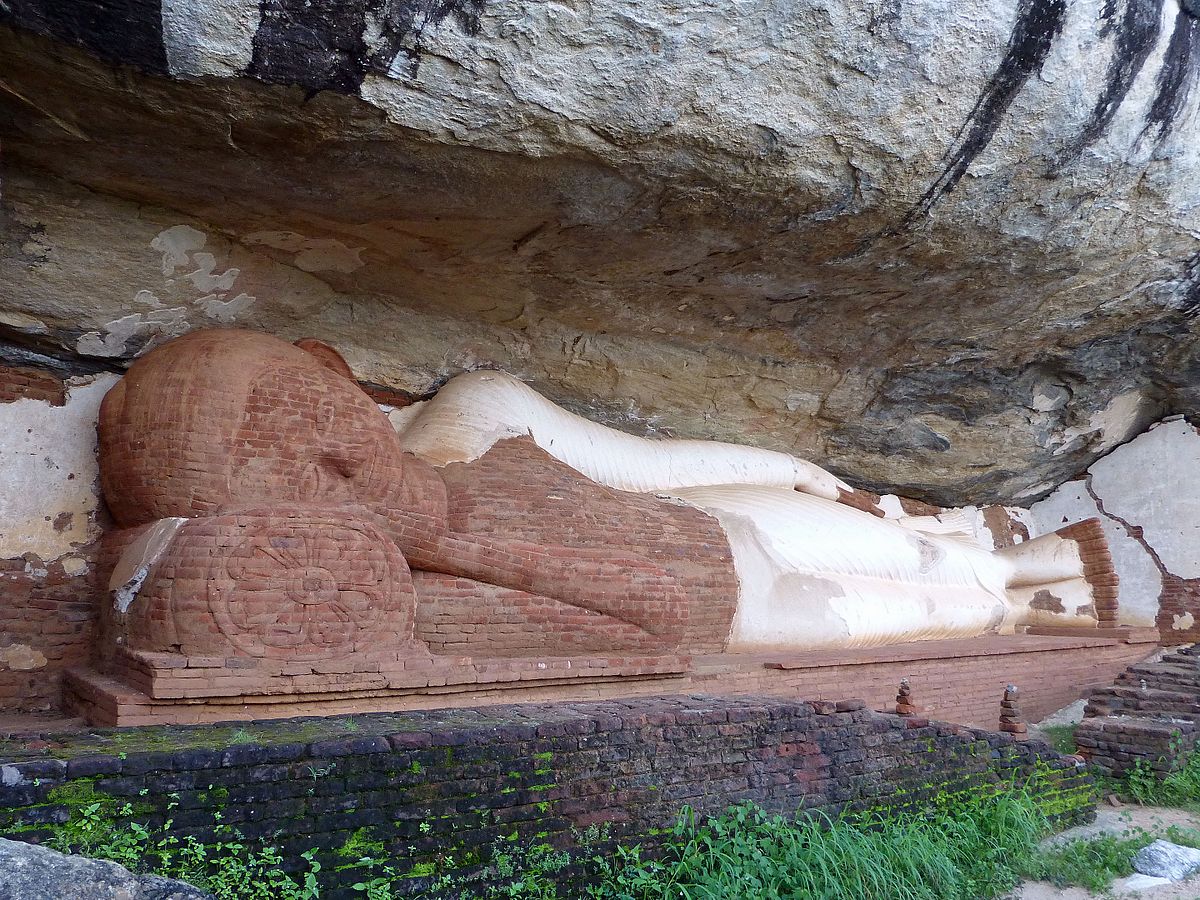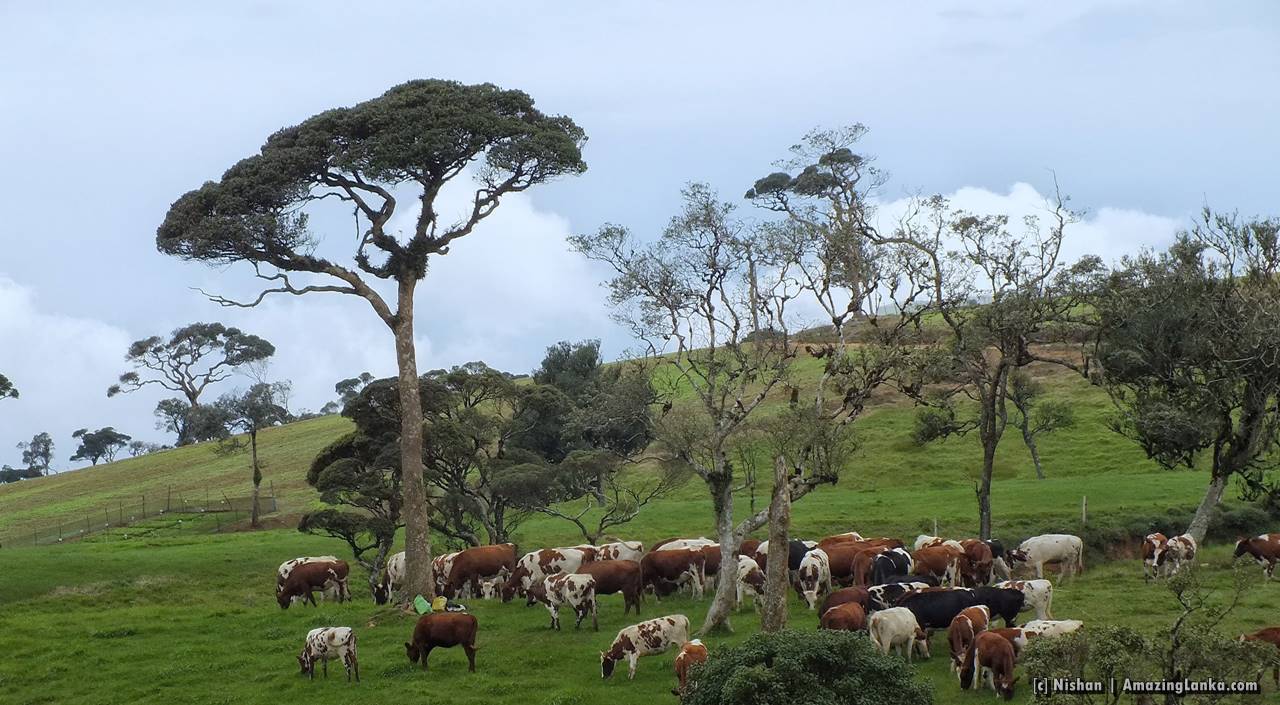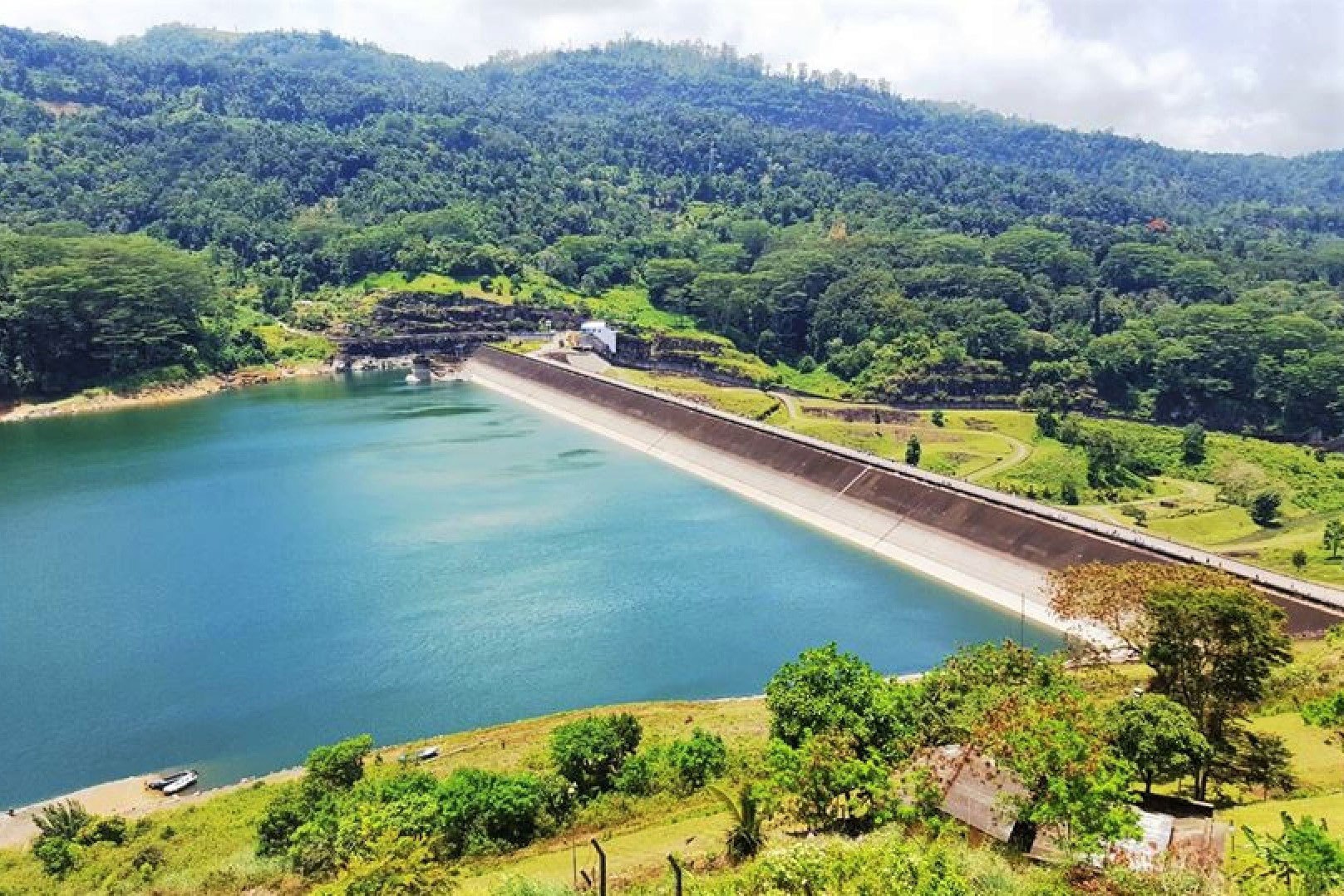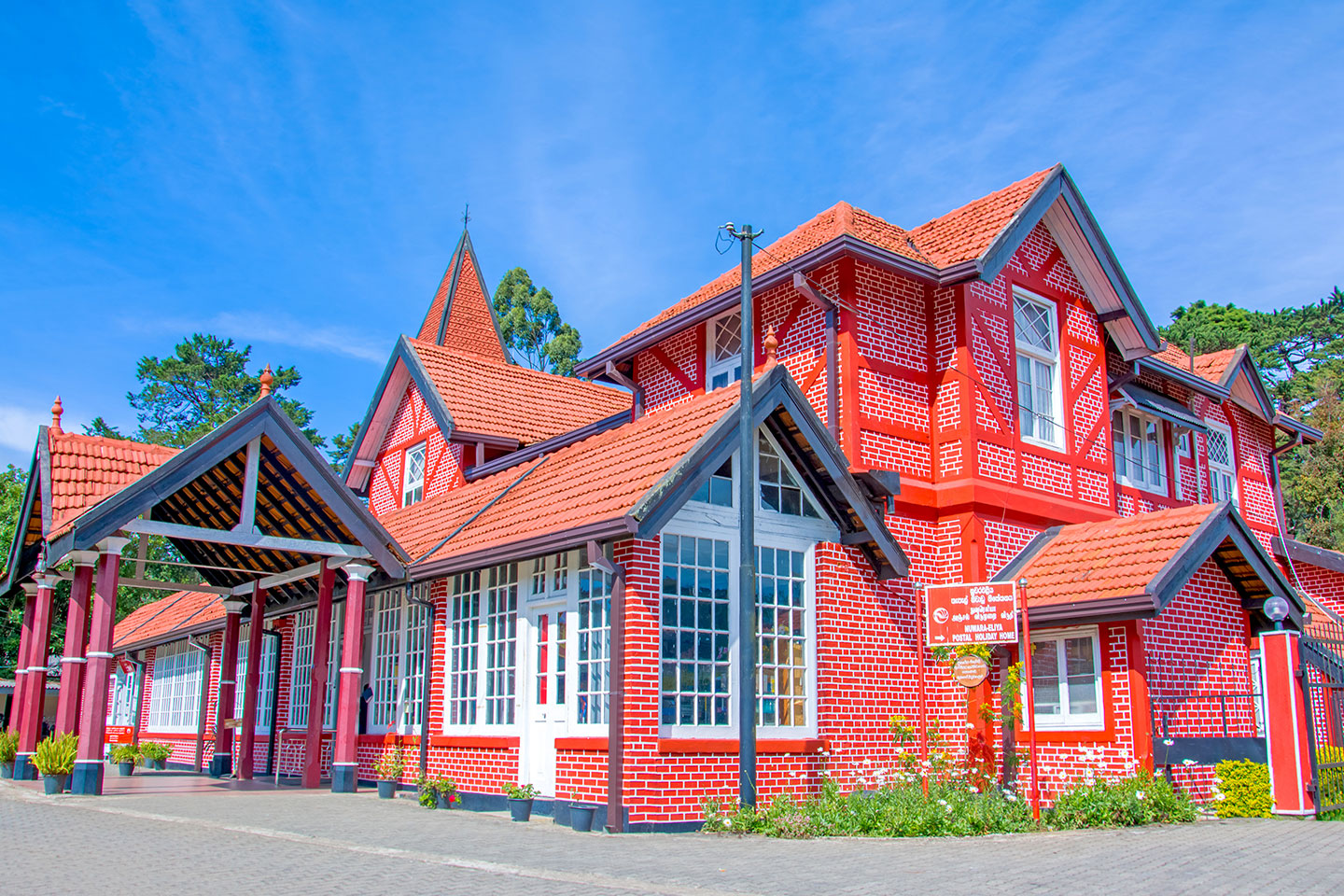Kandy garrison cemetery is located beyond the national museum of Kandy and beside the lakeside. The cemetery is in walking distance from the Dalada Maligawa.
You will find tombs of people who met their deaths in Sri Lanka due to sudden climatic changes or diseases.
The cemetery was induced in 1817 when as soon as the British retained control of the kingdom of Kandy. The cemetery was open until 1870 but because of the lack of space it was closed. The cemetery was a memorial of former noblemen and governors. The cemetery was maintained by the Commonwealth War Graves Commission. Most of the graves are of the war heroes who dedicated their lives for the World War II.
As well as graveyards of youngsters and elders who came to Sri Lanka in Colonial days from England and North Britain countries can be seen in the cemetery. There are over 150 British graves in the Kandy garrison cemetery. The remaining tombstones are well-maintained graveyards have made a peaceful environment on behalf of the busy environment. The colonial officer, Sir John D’Oyly who was succumbed with cholera, was buried in the cemetery.
Walking among the graves and reading the information on the listed tombstones is a much different experience. Some of the graveyards are of young baits of malaria, cholera, elephant stampedes, typhoid tragic accidents or war. Especially kirk yards of some middle cast gentlemen like doctors, soldiers, lawyers, carpenters and government servants are positioned. In addition some of the graves are of infants and women as well.
William Watson Mackwoods, who died in 1867 due to a sudden accident while horse riding, David Findlay who died in 1861 was killed of a crash in his house and John Spottiswood Roberson, who died of an attack by a wild elephant, are just a few of the appeared information on few tombstones erected in the cemetery.












